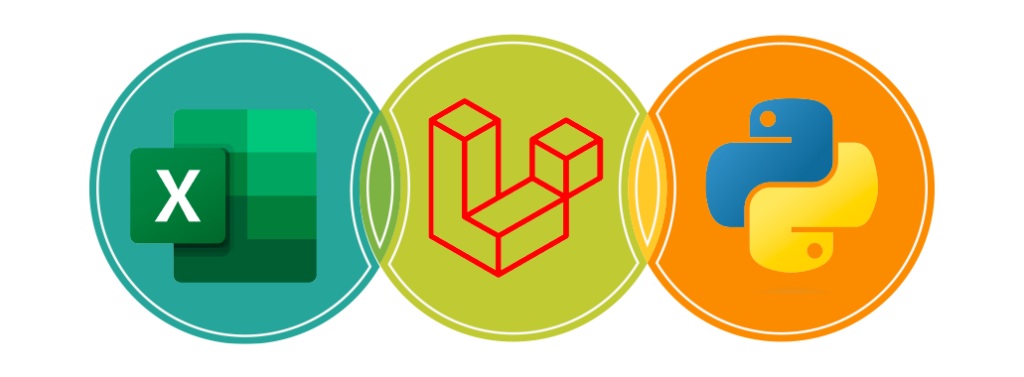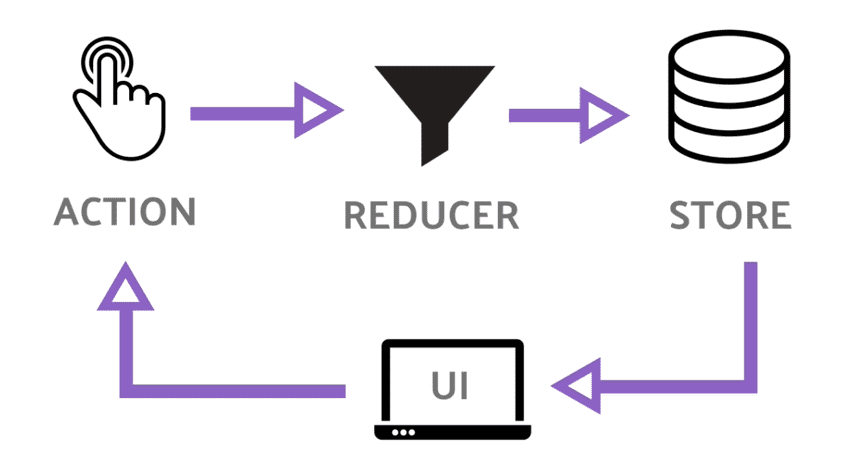In diesem Artikel werfen wir einen Blick auf die verschiedenen Möglichkeiten, die Avia Masters seinen Nutzern für sichere Einzahlungen und schnelle Abhebungen bietet. Als erfahrener Spieler habe ich einige wertvolle Einblicke und persönliche Beobachtungen, die Ihnen helfen können, das Beste aus Ihren Transaktionen herauszuholen. Egal, ob Sie ein neuer Spieler sind oder bereits Erfahrungen gesammelt haben, hier finden Sie alles, was Sie wissen müssen, um Ihre finanziellen Aktivitäten bei Avia Masters zu optimieren.
Die verschiedenen Zahlungsmethoden bei Avia Masters im Detail
Avia Masters bietet eine Vielzahl von Zahlungsmethoden an, um den unterschiedlichen Bedürfnissen der Spieler gerecht zu werden. Von Kreditkarten über E-Wallets bis hin zu Banküberweisungen ist für jeden etwas dabei. Besonders beliebt sind E-Wallets wie PayPal und Skrill, da sie in der Regel schnellere Transaktionen ermöglichen und zusätzliche Sicherheit bieten. Diese Optionen sind ideal für Spieler, die ihre Gelder schnell und unkompliziert verwalten möchten.
Außerdem können Sie auch mit Kryptowährungen wie Bitcoin einzahlen, was in der heutigen Zeit immer beliebter wird. Die Anonymität und die schnellen Transaktionen sind ein großer Vorteil, insbesondere für Spieler, die Wert auf Datenschutz legen. Bei Avia Masters wird die Nutzung dieser Zahlungsmethoden durch eine benutzerfreundliche Oberfläche unterstützt, die es Ihnen ermöglicht, schnell die gewünschte Methode auszuwählen und Ihre Einzahlungen umgehend durchzuführen.
| Zahlungsmethode |
Bearbeitungszeit |
Minimale Einzahlung |
| Kreditkarte |
Sofort |
10 € |
| PayPal |
Sofort |
10 € |
| Banküberweisung |
1-3 Tage |
20 € |
| Bitcoin |
Sofort |
0.001 BTC |
Warum Sicherheit bei Einzahlungen und Abhebungen entscheidend ist
Sicherheit ist ein zentrales Thema, wenn es um Online-Glücksspiel geht, und Avia Masters hat dies erkannt. Die Plattform verwendet modernste Verschlüsselungstechnologie, um sicherzustellen, dass alle finanziellen Transaktionen geschützt sind. Diese Maßnahmen helfen, Ihre persönlichen Daten und finanziellen Informationen vor unbefugtem Zugriff zu schützen. In meinen Erfahrungen habe ich festgestellt, dass eine sichere Plattform nicht nur das Vertrauen stärkt, sondern auch das Spielerlebnis insgesamt verbessert.
Ein weiterer wichtiger Aspekt der Sicherheit ist die Überprüfung der Identität der Spieler. Avia Masters verlangt in der Regel eine Verifizierung, bevor Sie größere Abhebungen vornehmen können. Dies mag auf den ersten Blick lästig erscheinen, ist aber ein entscheidender Schritt, um Betrug und Geldwäsche zu verhindern. Wenn Sie sich einmal verifiziert haben, können Sie sich sicher sein, dass Ihre Gelder in guten Händen sind und Sie im Falle eines Problems schnell Hilfe erhalten.
Wie Avia Masters Betrug und Missbrauch vorbeugt
Die Sicherheitsmaßnahmen von Avia Masters gehen über die Verschlüsselung hinaus. Die Plattform hat auch Systeme implementiert, die verdächtige Aktivitäten erkennen und sofort darauf reagieren. Dies bedeutet, dass, wenn ein ungewöhnliches Verhalten festgestellt wird, Ihr Konto vorübergehend gesperrt werden kann, um Ihre Gelder zu schützen. In der Regel wird die Plattform Sie umgehend informieren, sodass Sie schnell handeln können.
Die Geschwindigkeit der Abhebungen: Was Sie erwarten können
Wenn es um Abhebungen geht, ist Geschwindigkeit ein entscheidender Faktor für viele Spieler. Bei Avia Masters können Sie in der Regel mit einer schnellen Bearbeitungszeit rechnen, insbesondere wenn Sie E-Wallets oder Kryptowährungen nutzen. In meinen eigenen Erfahrungen hat die Verwendung von PayPal oder Bitcoin häufig zu sofortigen Abhebungen geführt, was natürlich eine großartige Sache ist, wenn man seine Gewinne schnell in die Hände bekommen möchte.
Es ist jedoch wichtig zu beachten, dass die Bearbeitungszeit je nach gewählter Zahlungsmethode variieren kann. Während E-Wallets oft sofortige Abhebungen ermöglichen, können Banküberweisungen mehrere Tage in Anspruch nehmen. Daher empfehle ich, im Voraus zu planen und die Methode zu wählen, die am besten zu Ihren Bedürfnissen passt. Wenn Sie geduldig sind und nicht sofort auf Ihr Geld angewiesen sind, kann eine Banküberweisung dennoch eine gute Option sein, insbesondere wenn Sie größere Beträge abheben möchten.
Praktische Tipps für reibungslose Transaktionen bei Avia Masters
Um sicherzustellen, dass Ihre Einzahlungen und Abhebungen reibungslos verlaufen, gibt es einige einfache Tipps, die Sie befolgen können. Zunächst sollten Sie sich immer über die aktuellen Zahlungsmethoden und deren Bearbeitungszeiten informieren. Avia Masters aktualisiert regelmäßig seine Plattform, und es ist wichtig, auf dem Laufenden zu bleiben, um die besten Optionen zu nutzen.
- Verifizieren Sie Ihr Konto frühzeitig, um Abhebungen zu beschleunigen.
- Wählen Sie die Zahlungsmethode, die am besten zu Ihren Bedürfnissen passt.
- Nutzen Sie die Kundenbetreuung, wenn Sie Fragen oder Probleme haben.
Ein weiterer wichtiger Punkt ist die Nutzung von Boni und Promotions, die Avia Masters regelmäßig anbietet. Achten Sie darauf, dass Sie die Bedingungen für Einzahlungen und Abhebungen genau lesen, um unangenehme Überraschungen zu vermeiden. Oftmals gibt es spezielle Anforderungen, die erfüllt sein müssen, bevor Sie Ihre Gewinne abheben können. Wenn Sie diese im Voraus beachten, können Sie mögliche Probleme vermeiden.
Häufige Probleme und Lösungen bei Einzahlungen und Abhebungen
Trotz der besten Absichten können bei Einzahlungen und Abhebungen manchmal Probleme auftreten. Ein häufiges Problem, das Spieler erleben, sind Verzögerungen bei Abhebungen, insbesondere wenn die Verifizierung des Kontos noch nicht abgeschlossen ist. In solchen Fällen ist es wichtig, geduldig zu sein und den Kundenservice von Avia Masters zu kontaktieren, um herauszufinden, wo das Problem liegt. In meiner Erfahrung war der Kundenservice immer hilfreich und hat Lösungen schnell bereitgestellt.
Ein weiteres häufiges Problem sind Fehler bei den Zahlungsdetails. Wenn Sie beispielsweise die falsche Kontonummer oder die falsche E-Mail-Adresse eingeben, kann dies zu Verzögerungen führen. Daher ist es ratsam, Ihre Zahlungsinformationen vor jeder Transaktion sorgfältig zu überprüfen. Eine einfache Möglichkeit, solche Fehler zu vermeiden, besteht darin, Ihre Zahlungsdetails in Ihrem Konto zu speichern und sie bei jeder Transaktion automatisch ausfüllen zu lassen.
Schlussfolgerung: So maximieren Sie Ihre Erfahrungen bei Avia Masters
Zusammenfassend lässt sich sagen, dass Avia Masters eine Vielzahl von sicheren Zahlungsmethoden und schnellen Abhebungsoptionen bietet, die das Spielerlebnis erheblich verbessern können. Indem Sie sich über die verschiedenen Zahlungsmethoden informieren und die Sicherheit Ihrer Transaktionen im Auge behalten, können Sie Ihre Erfahrungen auf der Plattform maximieren. Nutzen Sie die Tipps und Tricks, die ich im Laufe der Jahre gelernt habe, und Sie werden sicherlich das Beste aus Ihrem Spiel bei Avia Masters herausholen.
Ob Sie nun auf der Suche nach einem neuen Online-Casino sind oder bereits ein erfahrener Spieler sind, die richtige Verwaltung Ihrer Finanzen ist der Schlüssel zum Erfolg. Mit den richtigen Informationen und der Bereitschaft, Strategien anzuwenden, können Sie Ihre Gewinne maximieren und ein großartiges Spielerlebnis genießen. Vergessen Sie nicht, regelmäßig die Website aviamaster.de zu besuchen, um über Neuigkeiten und Promotions auf dem Laufenden zu bleiben.
 I established this blog in order to publish code related articles, code hints, code workarounds and tips and tricks.
I established this blog in order to publish code related articles, code hints, code workarounds and tips and tricks.






